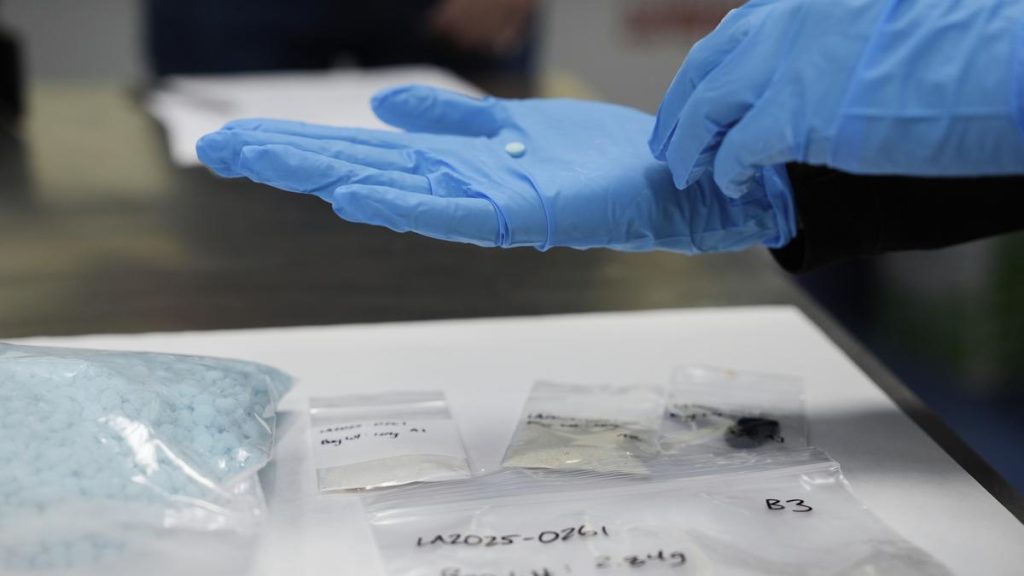Now Reading: Madras High Court Dismisses Mosque’s Waqf Property Claim Over 1,100 Acres
-
01
Madras High Court Dismisses Mosque’s Waqf Property Claim Over 1,100 Acres
Madras High Court Dismisses Mosque’s Waqf Property Claim Over 1,100 Acres

Quick Summary
- The Madras High Court ruled against a mosque’s claim of 1,100 acres of land in Tamil Nadu’s tirunelveli district as waqf property.
- The court recognized the mosque’s entitlement to only 2.34 acres based on a “manyam” (grant) made in 1712 by the then ruler of Madurai Samasthanam, which was recorded on a copper plate inscription.
- justice M. Dhandapani partially allowed a civil revision petition filed by the Tamil Nadu government, challenging a 2016 Waqf Tribunal ruling that favored the mosque.
- Arguments were presented by senior counsel for the Tamil Nadu Waqf Board and an Additional Advocate General who claimed much of the disputed land had been categorized as ryotwari lands under the Tamil Nadu Inam (Abolition & Conversion into Ryotwari) Act, 1963, and allocated to poor farmers.
- The judge highlighted historical documents such as tax-free grants recorded in the Inam Fair Register (1865-66) and earlier court decrees confirming waqf rights over specific lands.
- Survey records showed discrepancies between historical grant descriptions and survey numbers listed in recent claims; so only 2.34 acres could be granted per specifics from historical evidence.
Indian Opinion Analysis
The Madras High Court’s decision reflects an intricate balance between recognizing historical religious endowments while upholding contemporary land laws designed to benefit marginalized groups such as landless farmers. By critically examining centuries-old documentation juxtaposed against modern legal frameworks, this judgment emphasizes evidence-based adjudication.
For India, this landmark ruling may establish precedence on ownership disputes involving extensive religious properties tied to historic waqf grants versus state reforms like ryotwari systems. The case also highlights judicial reliance on precise documentation rather than expansive claims-important for similar cases across India where accurate recordkeeping is pivotal in resolving conflicts over heritage or communal assets.
Read more: [link unavailable]
























